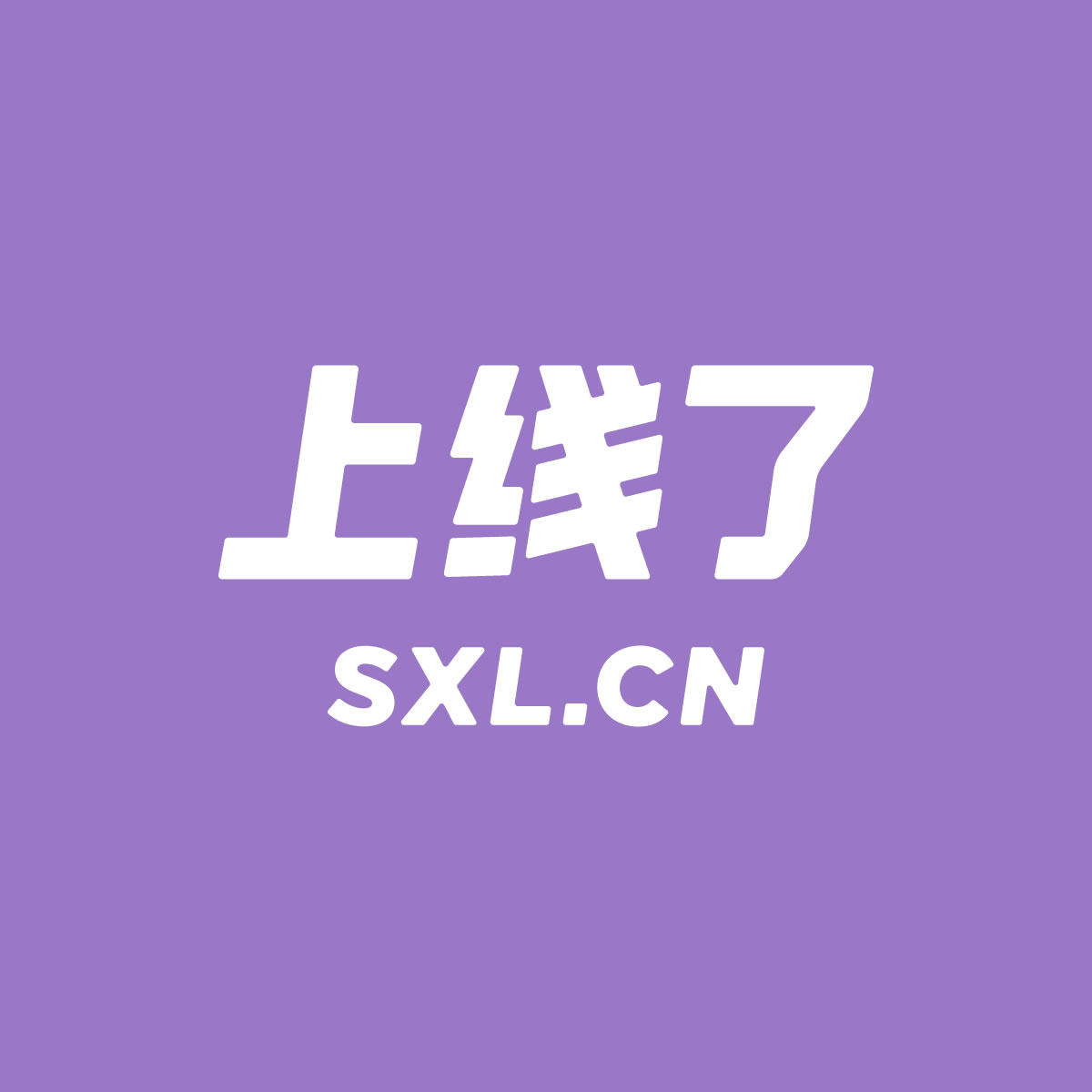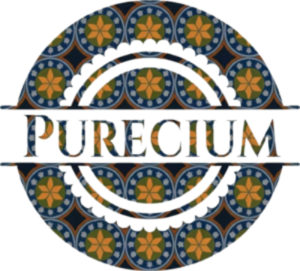

PURECIUM
PURE BY NATURE
Embodies the essence of pure, high-quality dietary supplement ingredients
NAD(Nicotinamide Adenine Dinucleotide)
Enhance Metabolism, Promote Longevity

NAD(Nicotinamide Adenine Dinucleotide)
Nicotinamide Adenine Dinucleotide (NAD) is a vital coenzyme found in all living cells, playing a critical role in energy metabolism and cellular repair. NAD supports mitochondrial function, facilitating energy production and promoting overall vitality. By aiding DNA repair and regulating cellular processes, NAD helps combat aging and enhances longevity. Our high-purity NAD supplement is designed to boost metabolic efficiency, support cognitive health, and promote resilience against oxidative stress. Ideal for those seeking to optimize wellness, NAD empowers the body to maintain peak performance and vitality.
Product name: NAD(Nicotinamide Adenine Dinucleotide)
Molecular formula: C₂₁H₂₇N₇O₁₄P₂
Starting material: Nicotinamide
Grade: Food grade
Heavy Metals: USP/EP
Pesticide residue: USP/EP
Packing size: 20/25 kg/drum
Product available:
- NAD(Nicotinamide Adenine Dinucleotide
- Nicotinamide Adenine Dinucleotide (Reduced Form)
- NAD Lipidosome
- NMN(Nicotinamide Mononucleotide)
- NR HCL
CAS#: 53-89-4
Molecular weight: 663.43 g/mol
Source: Enzymatic Synthesis
Specification: 98% HPLC
Country of origin: China
Residual solvent: USP/EP
Allergen free/Gluten-free/Non-GMO/Vegan/Non-Irridiation

Nicotinamide Mononucleotide (NMN), Nicotinamide Adenine Dinucleotide (NAD/NADH), and Nicotinamide Riboside (NR) have gained global popularity in recent years as dietary supplements, driven by their potential benefits in anti-aging and cellular health.
NMN and NR are precursors to NAD, a critical coenzyme present in all cells, essential for energy metabolism, DNA repair, and cellular signaling. NAD exists in oxidized (NAD⁺) and reduced (NADH) forms, facilitating processes like glycolysis and the citric acid cycle to produce ATP, which powers high-energy-demand organs such as the heart and brain. NAD⁺ also activates enzymes like sirtuins and PARPs, supporting cellular repair and longevity. However, NAD levels decline with age, potentially contributing to metabolic dysfunction and age-related conditions.
NMN and NR boost NAD⁺ levels through metabolic conversion, enhancing mitochondrial function, immune response, and cognitive health. NMN is rapidly converted to NAD⁺ via the salvage pathway, while NR follows a similar route, both valued for their accessibility and potential anti-aging benefits. Studies suggest these compounds may improve metabolic disorders, enhance physical endurance, and mitigate aging signs.
These products have surged in popularity, particularly in North America and Asia, with consumers using capsules or powders to promote longevity. While promising, long-term effects and safety require further research. Consumers should opt for high-quality, certified products and consult healthcare professionals before use. Nicotinamide Adenine Dinucleotide (NAD) is an essential coenzyme naturally present in all human cells, serving as a cornerstone of numerous biochemical processes. Composed of two nucleotides linked by phosphate groups, with a molecular formula of C₂₁H₂₇N₇O₁₄P₂ and a molecular weight of 663.43 g/mol (CAS# 53-84-9), NAD exists in two forms: NAD⁺ (oxidized) and NADH (reduced). These forms facilitate electron transfer in redox reactions, making NAD indispensable for metabolic function.
NAD⁺ is critical in catabolic processes, accepting electrons during the breakdown of glucose, fatty acids, and amino acids in pathways like glycolysis, the citric acid cycle, and fatty acid oxidation. This electron transfer generates ATP, the cell’s primary energy currency, powering muscle contraction, nerve signaling, and other vital functions. NADH, in turn, donates electrons to the electron transport chain in mitochondria, driving ATP synthesis. This dynamic interplay ensures efficient energy production across tissues, particularly in high-energy-demand organs like the heart and brain.
Beyond energy metabolism, NAD⁺ is a substrate for enzymes like sirtuins and poly(ADP-ribose) polymerases (PARPs), which regulate cellular homeostasis. Sirtuins, activated by NAD⁺, modulate gene expression, stress responses, and apoptosis, contributing to cellular resilience and longevity. PARPs utilize NAD⁺ for DNA repair, detecting and mending strand breaks to maintain genomic integrity. This role is crucial in protecting cells from damage caused by environmental stressors or aging-related decline.
NAD levels naturally decline with age, impacting metabolic efficiency and repair mechanisms. This reduction is linked to decreased mitochondrial function, reduced energy output, and impaired cellular signaling, potentially contributing to age-related conditions. Maintaining NAD⁺ levels through precursors like nicotinamide mononucleotide (NMN) or nicotinamide riboside (NR) has gained attention for its potential to support cellular health.
NAD’s versatility extends to immune function, where it influences inflammatory responses and immune cell activity. It also supports circadian rhythm regulation, aligning metabolic processes with daily cycles. Found in trace amounts in foods like fish and mushrooms, NAD is primarily synthesized in the body via the salvage pathway or de novo from tryptophan. Its ubiquitous presence underscores its role as a linchpin in human physiology, bridging energy production, cellular repair, and systemic health.
Nicotinamide Adenine Dinucleotide (NAD) is a vital coenzyme in human cells, critical for energy metabolism, DNA repair, and cellular signaling. Low NAD levels can lead to a range of symptoms affecting multiple physiological systems.
Firstly, reduced NAD impairs mitochondrial function, decreasing ATP production. This often manifests as chronic fatigue, muscle weakness, or diminished stamina, particularly during high-intensity activities or daily tasks. Cognitive functions may also suffer, with symptoms like memory lapses, difficulty concentrating, or "brain fog" due to insufficient energy for neural processes.
Secondly, NAD⁺ serves as a substrate for enzymes like sirtuins and PARPs, which regulate cellular repair and gene expression. Low NAD levels compromise DNA repair, increasing cellular damage and accelerating skin aging, such as increased wrinkles or sagging. Immune function may weaken, leading to frequent infections or slower recovery. Additionally, reduced sirtuin activity can disrupt metabolic homeostasis, causing insulin resistance or blood sugar fluctuations, elevating risks of metabolic disorders.
Low NAD levels may also impact cardiovascular health. Studies link NAD deficiency to reduced vascular elasticity and increased inflammation, potentially causing elevated blood pressure or cardiovascular fatigue. Furthermore, NAD supports circadian rhythm regulation; its deficiency can disrupt sleep patterns, leading to insomnia, poor sleep quality, or circadian misalignment, which may exacerbate fatigue and contribute to mood disturbances like anxiety or depression.
Long-term NAD deficiency is associated with heightened risks of age-related conditions, such as neurodegenerative diseases (e.g., Alzheimer’s) or cardiovascular issues. Symptoms vary by individual but often include reduced vitality and organ function. Supplementing with NAD precursors like NMN or NR may alleviate some symptoms, though effects differ, and long-term safety requires further study.
To address low NAD, a balanced diet rich in vitamin B3, regular exercise, and adequate sleep are recommended. Consulting a healthcare professional before using supplements is essential, as is choosing high-quality, certified products.
NAD(Nicotinamide Adenine Dinucleotide) Frequently Asked Questions (FAQ)
1. Do you sell finished NAD(Nicotinamide Adenine Dinucleotide) products?
We do not sell finished products. We only supply raw ingredients. However, we can partner with a contract manufacturer to provide white-label services, including tablets, hard capsules, soft capsules, and Lipidosome.
2. Do you sell NAD(Nicotinamide Adenine Dinucleotide) to individual customers?
Unfortunately, we do not sell our products to individual customers. Our target clientele includes distributors, contract manufacturers, and end-brand users.
3. What is the MOQ and price for your NAD(Nicotinamide Adenine Dinucleotide)?
Our MOQ is 1kg. For detailed pricing, please contact our sales team at info@purecium.com.
4. How can I purchase your NAD(Nicotinamide Adenine Dinucleotide)?
All orders will be shipped from China.
5. What is the delivery time?
Shipments from China are delivered within one week of the order being placed by air or express.
6. What are the main forms of finished NAD(Nicotinamide Adenine Dinucleotide) products?
Hard capsules
7. Which solvents are used in the production process of NAD(Nicotinamide Adenine Dinucleotide)?
Food-grade anhydrous ethanol is used, with residual levels controlled to within 5,000 ppm, in accordance with USP standards.
8. What are the heavy metal limits in finished NAD(Nicotinamide Adenine Dinucleotide) products?
According to EU and USP standards, the heavy metal limits for NAD(Nicotinamide Adenine Dinucleotide) are as follows:
Lead: < 0.5 ppm
Mercury: < 0.1 ppm
Arsenic: < 3 ppm
Cadmium: < 1 ppm
9. What certifications can you provide for your NAD(Nicotinamide Adenine Dinucleotide)?
We can provide the following certifications: ISO9001, Kosher, Halal, and FSSC22000.
10. What's the packing size of NAD(Nicotinamide Adenine Dinucleotide)?
Packing size: 25kg/drum.
Drum size: 40cm*40cm*50cm.
Net/Gross weight: 25/28 kg.
11. What are the storage conditions and shelf life for NAD(Nicotinamide Adenine Dinucleotide)?
Please store it in a tightly sealed, dry place, away from light. Under the storage condition of 2–8 degrees Celsius, the shelf life of NAD is typically 24 months..
12. What is the mesh size of your NAD(Nicotinamide Adenine Dinucleotide)?
Standard NAD is an 80-mesh powder.
13. What is the stability of NAD(Nicotinamide Adenine Dinucleotide)?
For solid NAD, the core storage principle is "low temperature + moisture protection + light avoidance". The priority is to store it at 2–8°C (refrigeratedUnder this condition, degradation can be maximally delayed, with a shelf life of up to 24 months. If it is to be used in the short term (within 1–2 months), it can also be stored at 4°C (e.g., in a refrigerator crisper), but attention must be paid to using airtight packaging to prevent moisture absorption.
For aqueous NAD solutions, due to their extremely poor stability, the core principle is "fresh preparation for immediate use + low-temperature temporary storage". If the solution cannot be used immediately after preparation, it must be temporarily stored at 4°C under refrigeration, and the storage time should not exceed 24 hours.14. What's the difference between NAD and NAD+?
The same ingredient. NAD, typically referring to NAD⁺, is the oxidized form of NAD. NADH is its reduced form.
15. Why are NAD supplements on the market usually in liposomal form?
NAD has poor stability and is prone to degradation. It is usually formulated into liposomal form to enhance its stability, improve absorption rate, and boost bioavailability.16. What is the typical active ingredient content of liposomal NAD(Nicotinamide Adenine Dinucleotide)?
It contains 50%–70% NAD.INQUIRY FORM
Let's Discuss Your Needs
PURECIUM LIMITED
Address: Room 509, The cloud 111 Tung chua ST, Tai kok TSUI, HONG KONG.
Global network:
Hong Kong|Mainland China
US: California| New York








